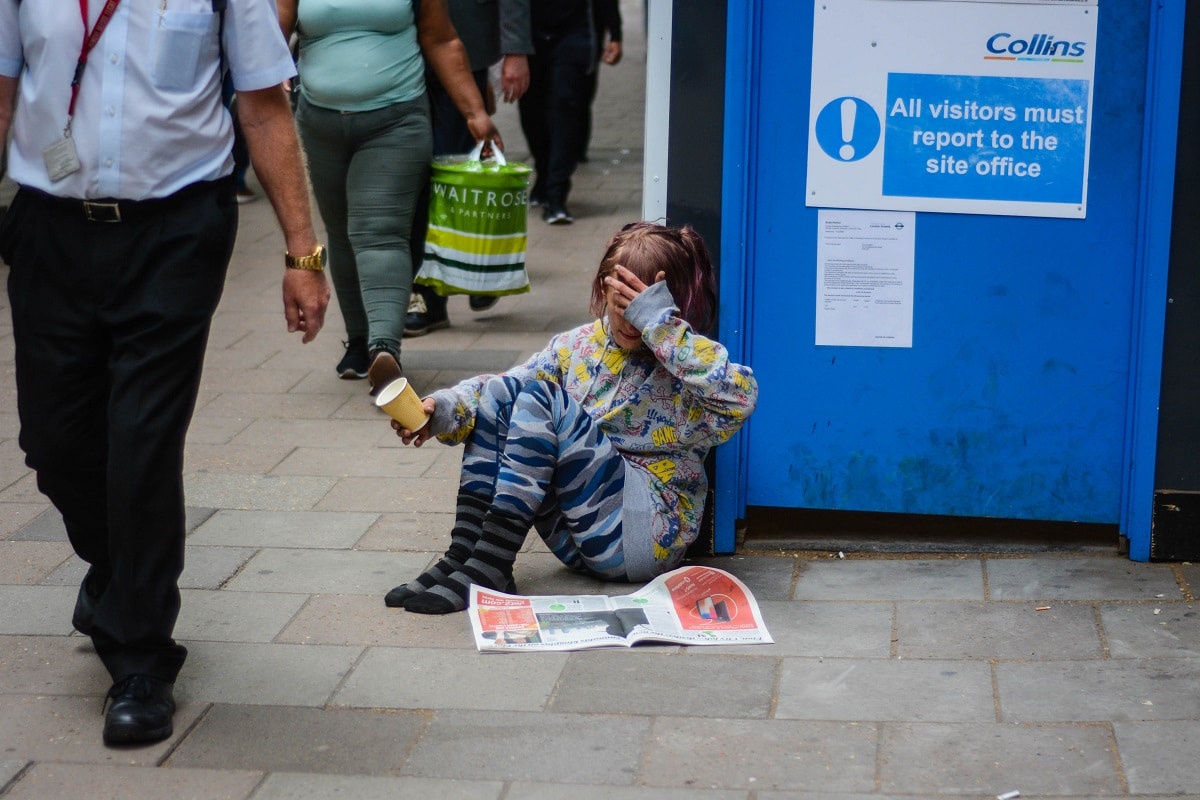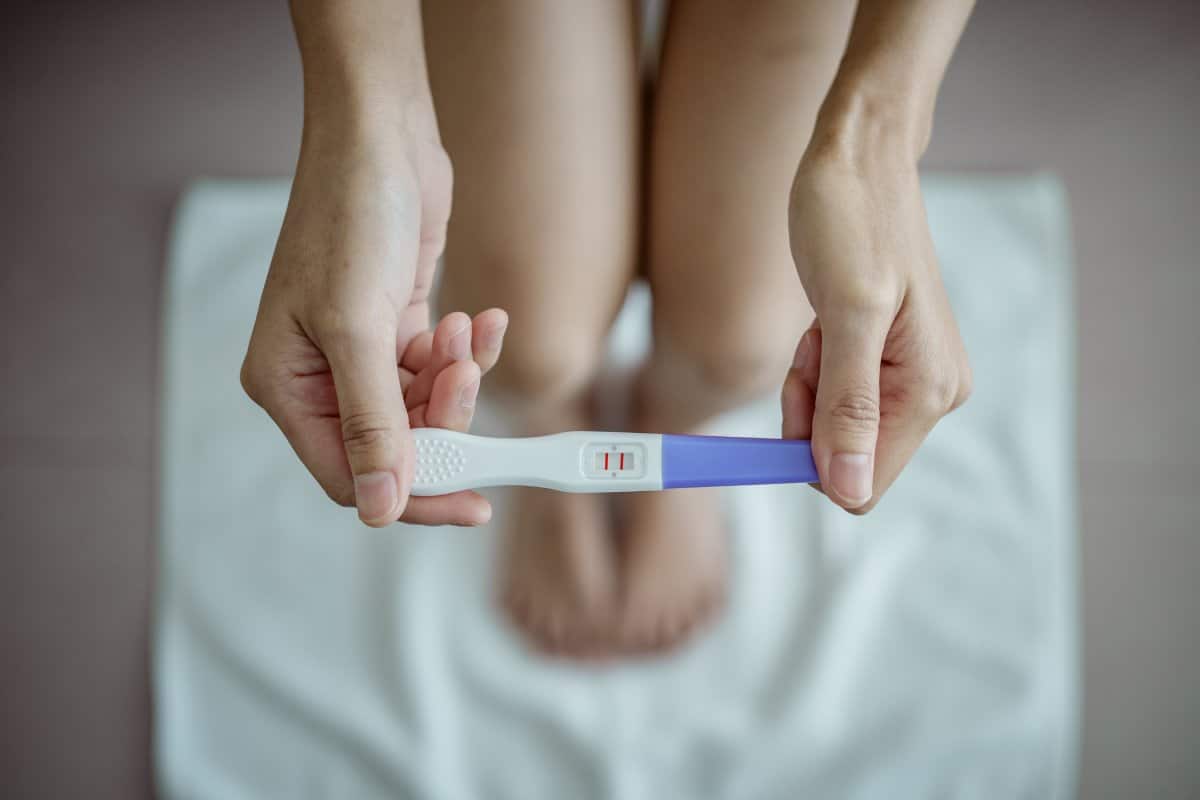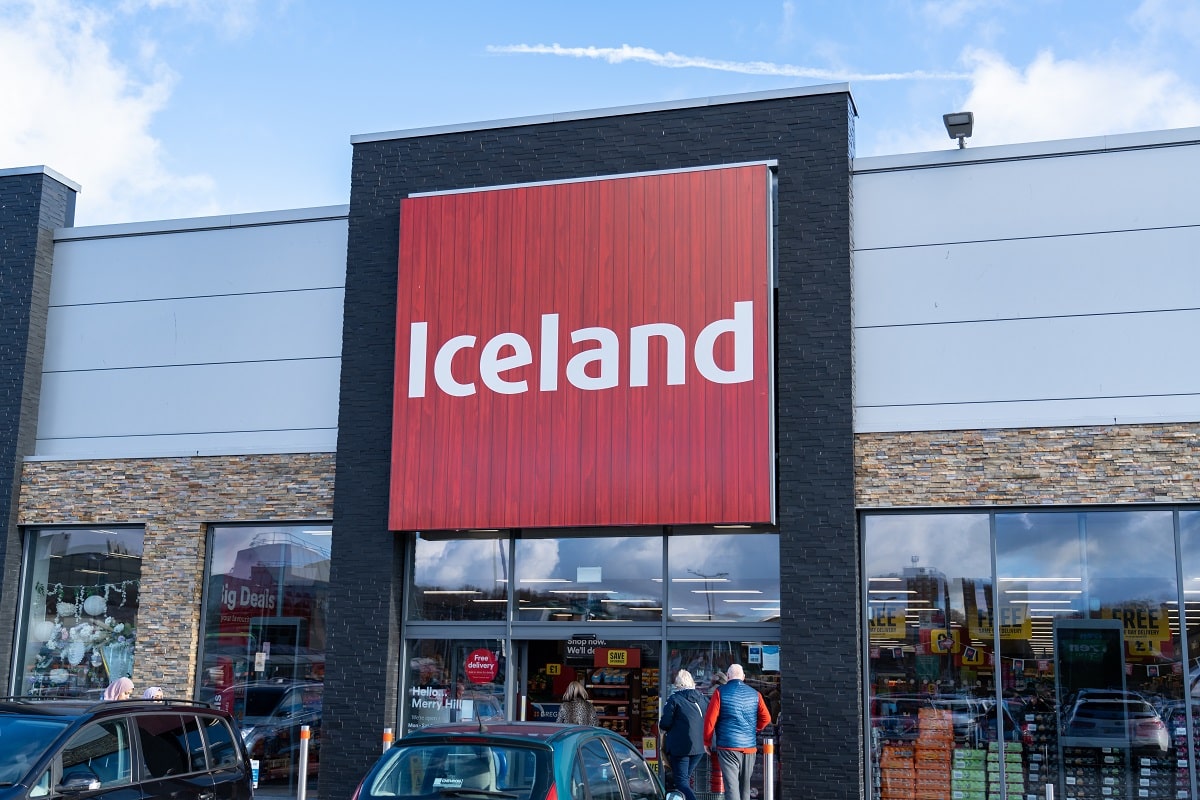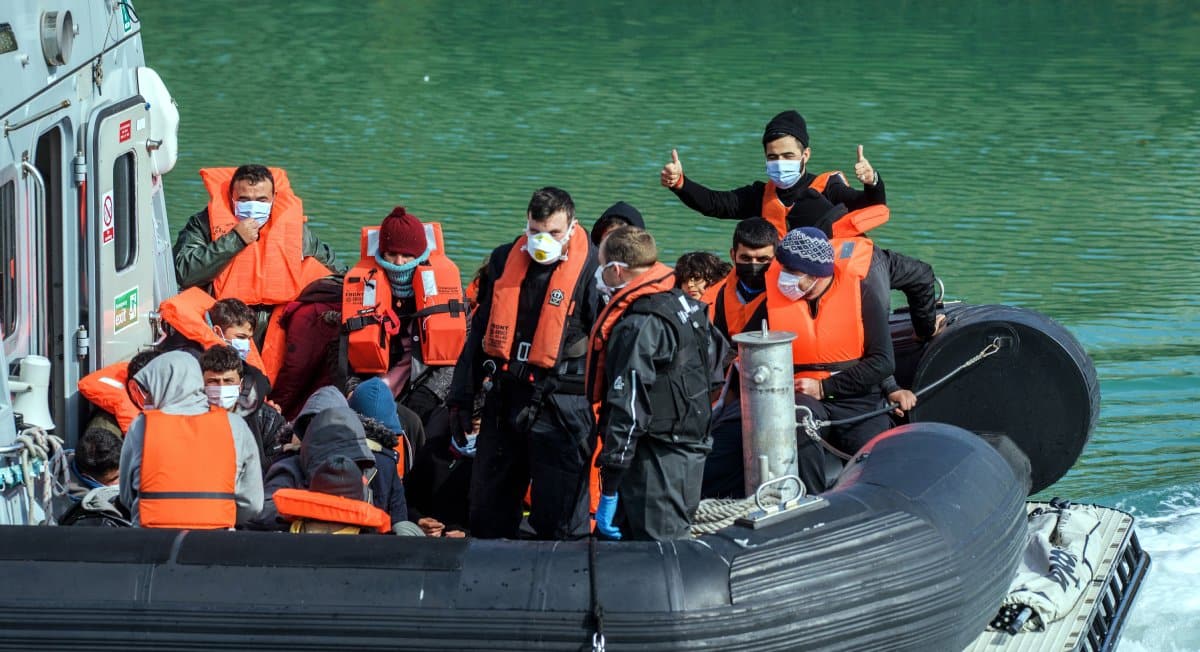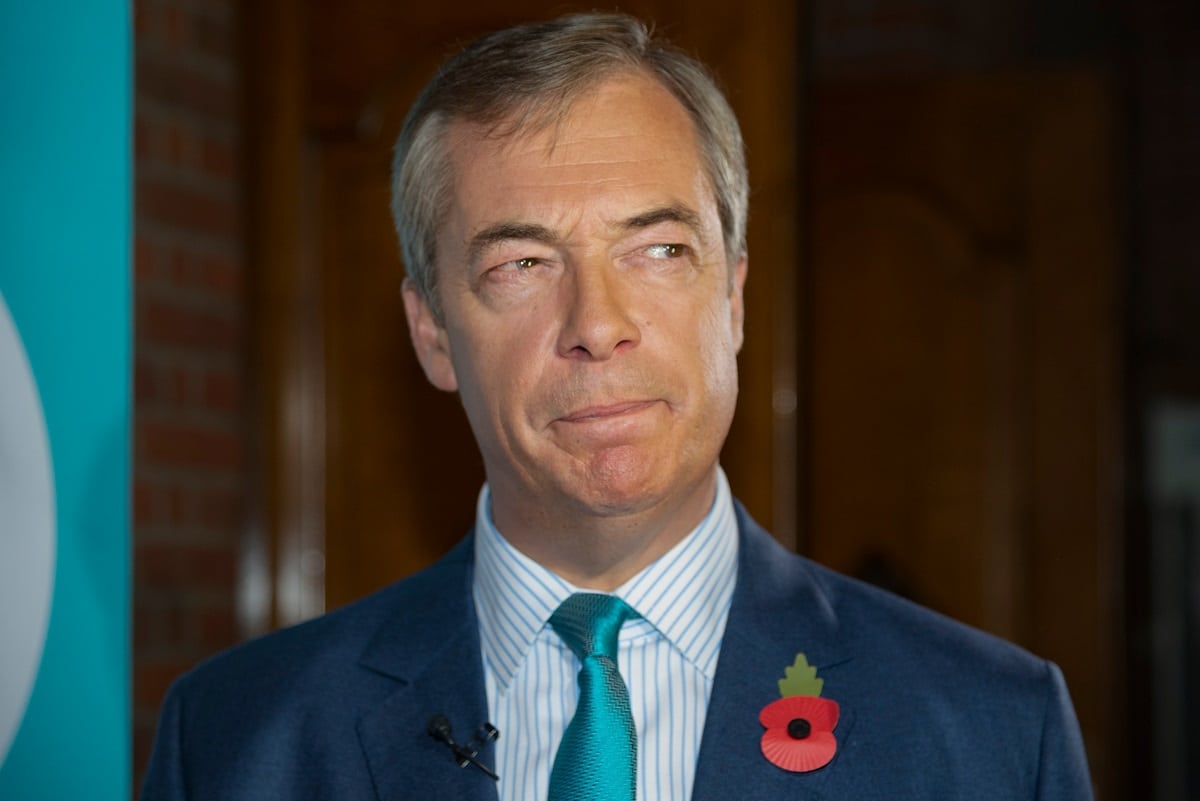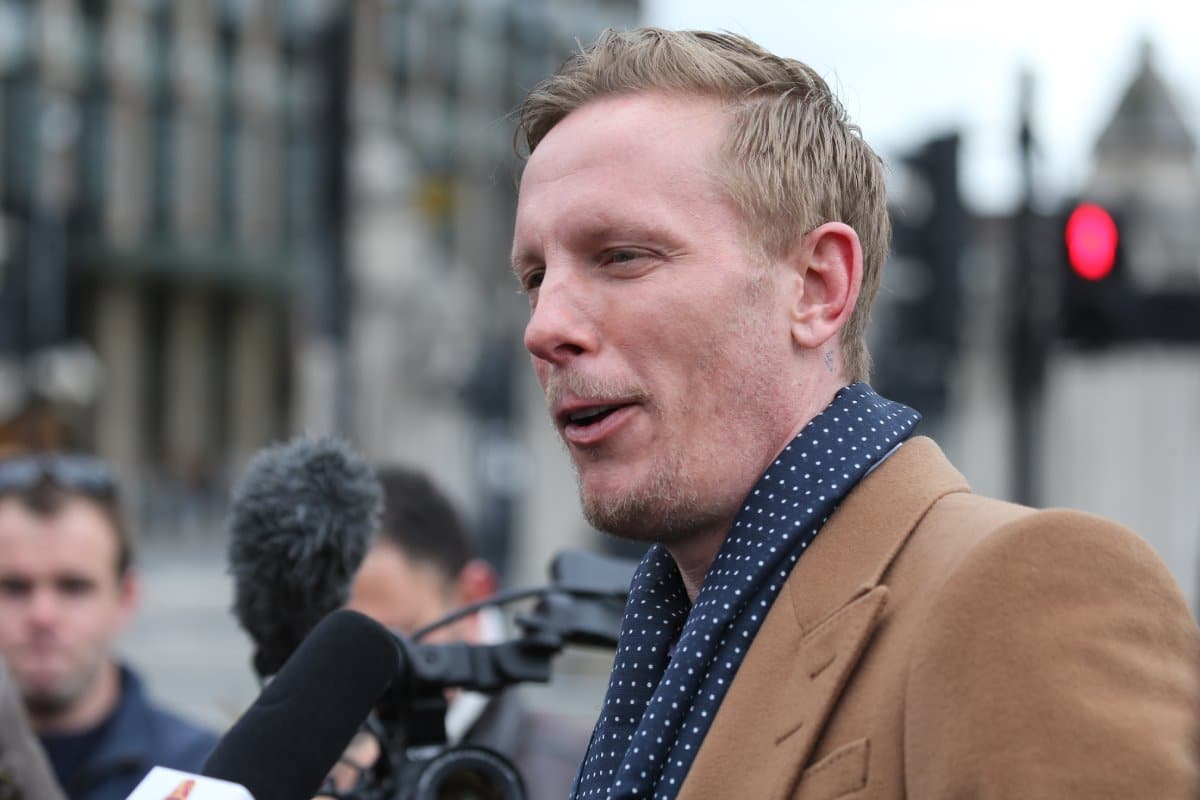New figures have revealed the sobering realities of the UK’s cost of living crisis, as official statistics reveal a surge in absolute poverty, leaving nearly a fifth of the population, including millions of children, grappling with hardship, destitution, and food insecurity. Here’s the full story.
From Bad To Worse

The UK economy is going from bad to worse, with inflation rising again, rents and mortgage prices soaring, and the cost-of-living crisis pushing families to the breaking point.
Stark Reality

The latest official figures reveal the stark reality of the economic downturn, with the UK now officially back in recession.
Millions in Poverty
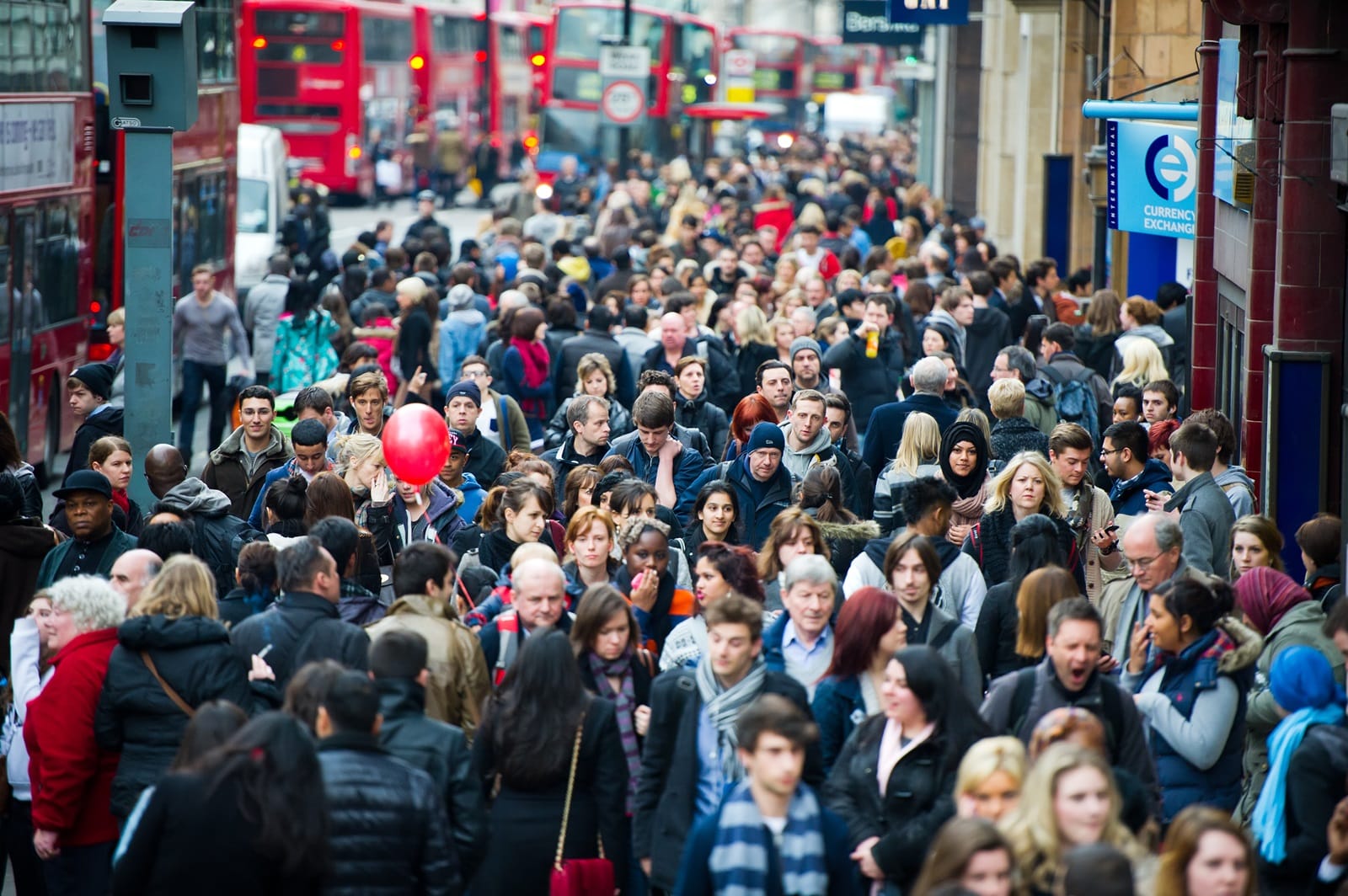
The numbers are bleak, with nearly one-fifth of the UK population, including millions of children, finding themselves in absolute poverty during the height of the cost of living crisis in 2022-2023.
300,000 Children
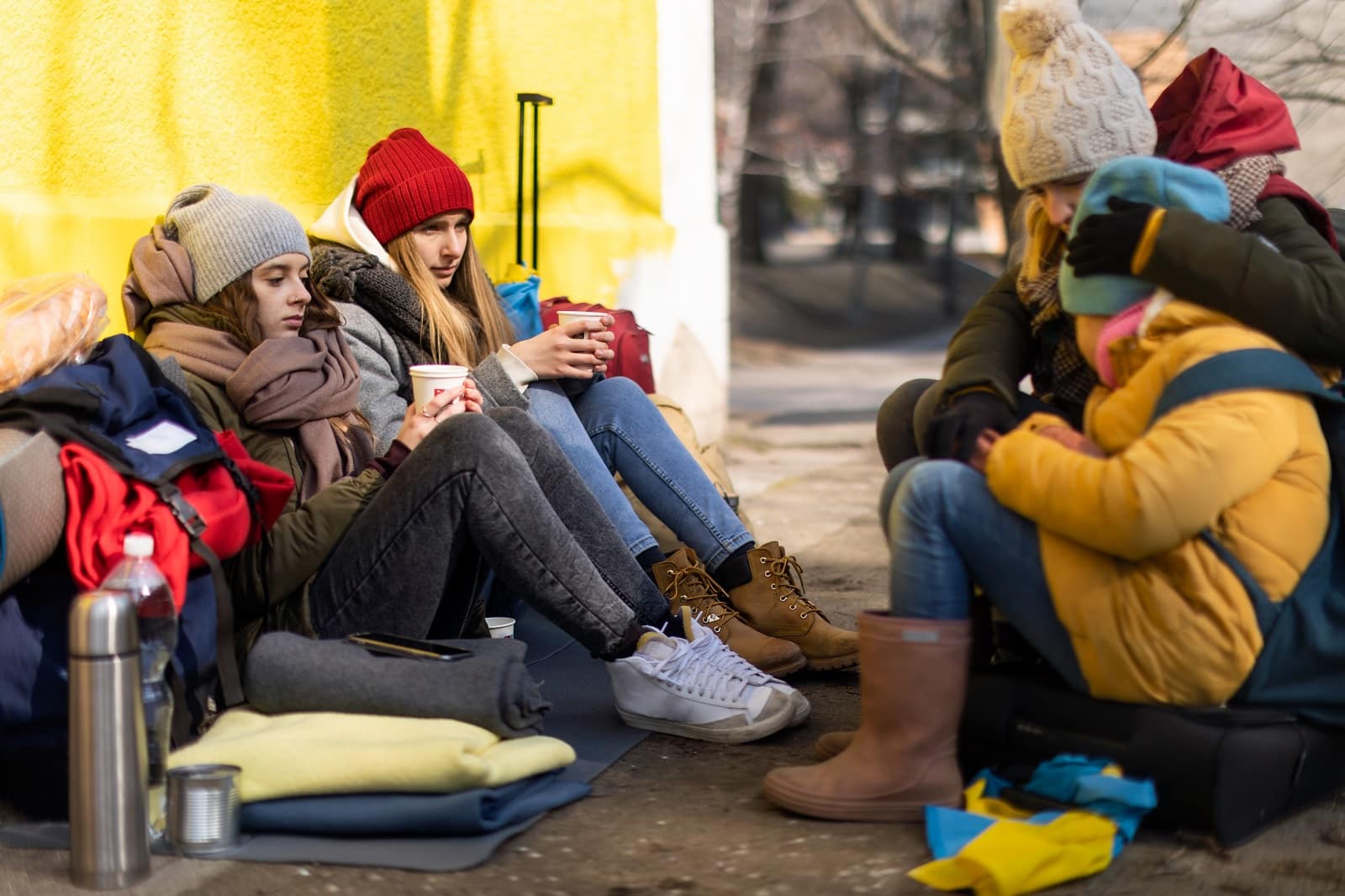
As incomes plummet and inflation soars, over 300,000 more children were pushed into poverty, exacerbating the hardships felt by millions of low-income households.
Government Neglect

Campaigners wasted no time in accusing the government of neglecting its duty to safeguard those around the country with the least.
Lackluster Response
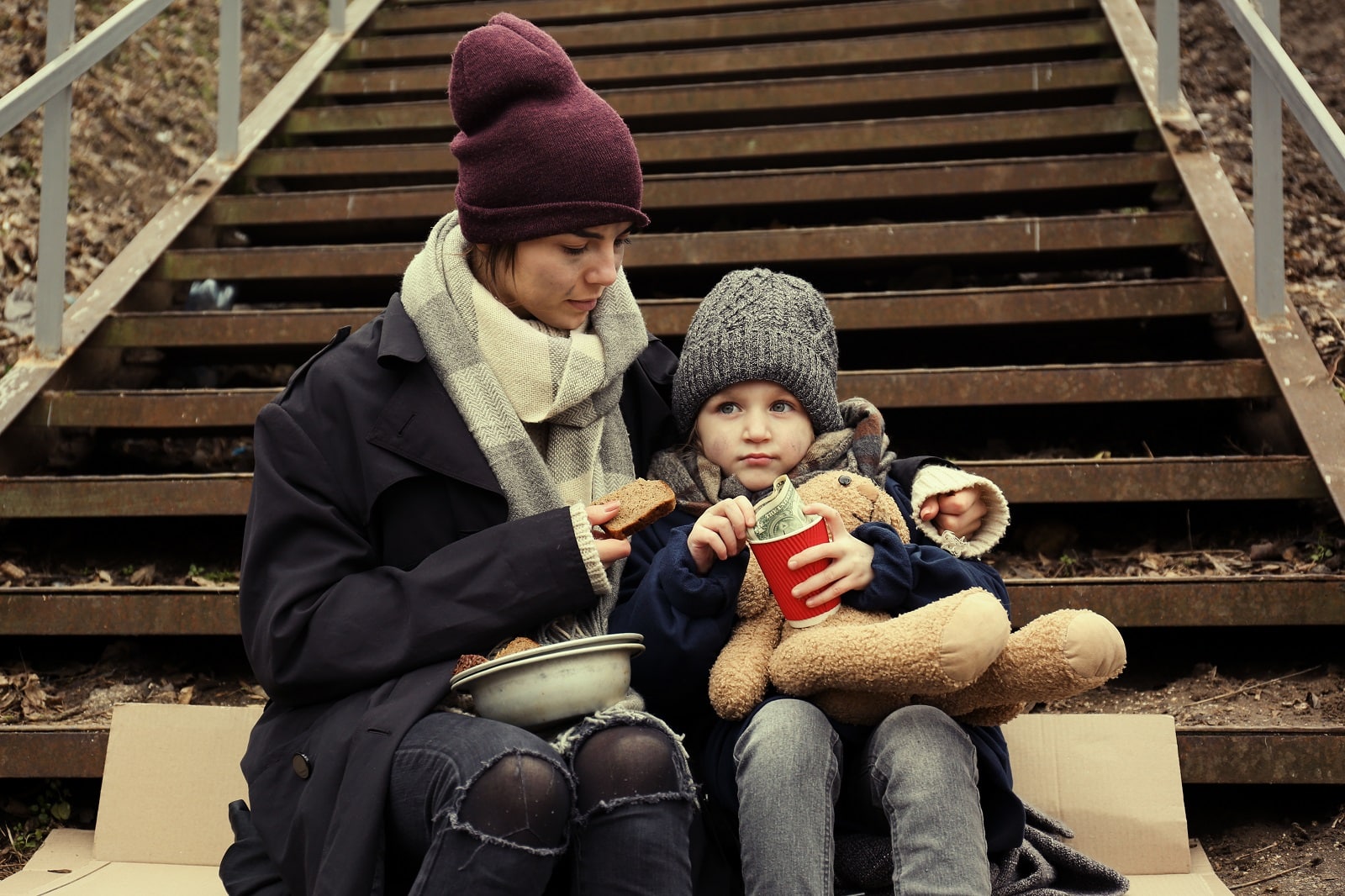
With 600,000 additional people falling into absolute poverty, criticism began to mount over the government’s lackluster response to the crisis of poverty in the world’s sixth-largest economy.
Sharp Rebukes

The failure to adequately protect low-income families drew sharp rebukes from across the political spectrum.
“Horrifying”

The shadow welfare minister Alison McGovern condemned the government’s handling of the situation, labelling the statistics as “horrifying” and emphasizing the need for urgent action to address the growing crisis.
“Tory Failure”

McGovern stated, “We’ll fix this Tory failure yet again with a new cross-government child poverty strategy.”
Breaking Point

The statistical data not only underscores the severity of the situation but also sheds light on the terrifying lived experiences of millions of families across the UK.
Absolute Poverty
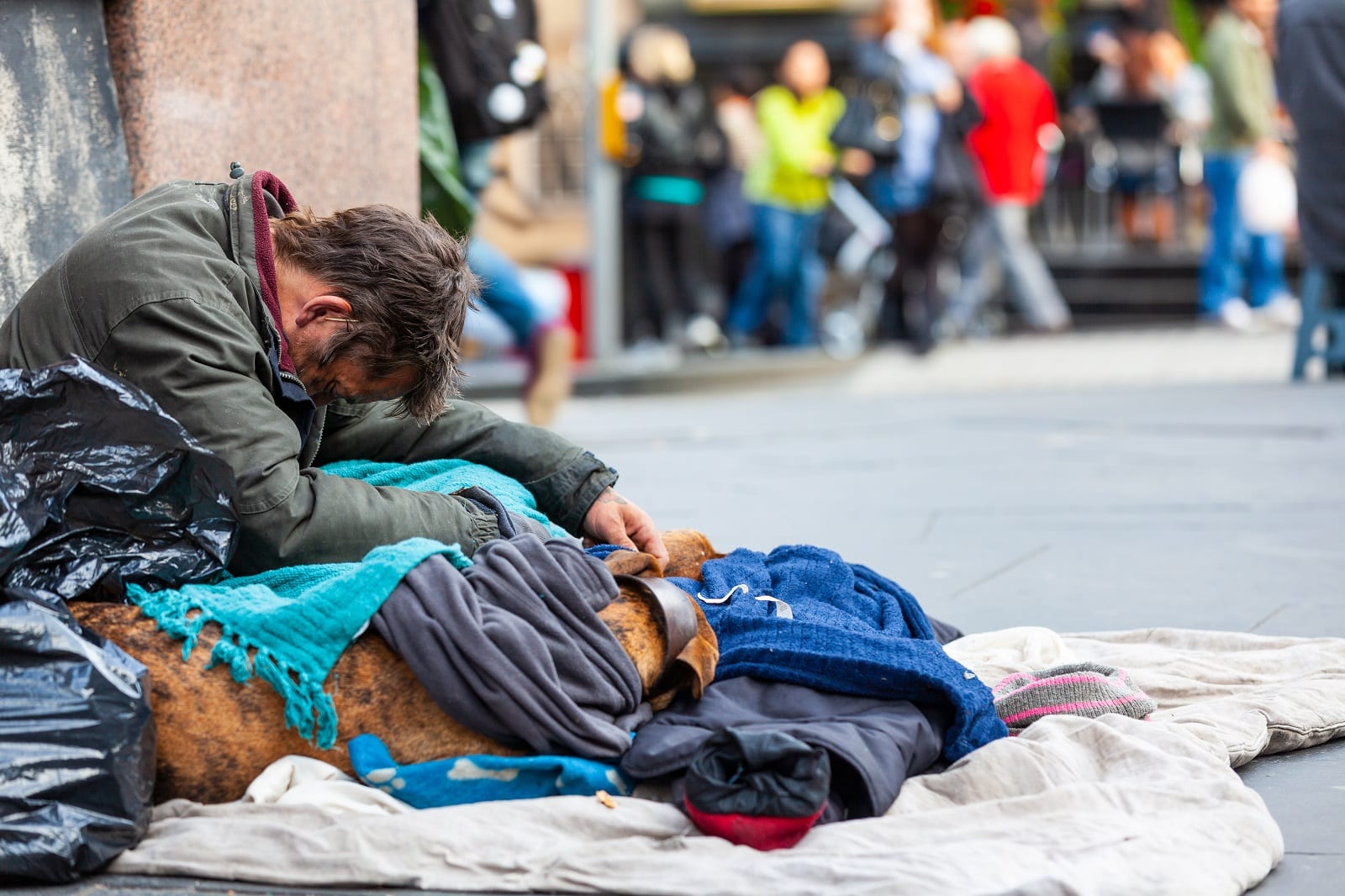
With 12 million people, including 3.6 million children, living in absolute poverty, reminiscent of levels last seen in the aftermath of the 2008 financial crash, the human toll of the crisis becomes unmistakably clear and harder to ignore.
Extreme Deprivation

Beyond conventional measures of poverty, concerns are mounting over the emergence of more extreme forms of deprivation.
Basic Necessities

Destitution, characterized by the inability to afford basic necessities such as food, energy, and clothing, has become an alarming reality for many households, highlighting the depth of the crisis.
Falling Short

While the government touted its cost-of-living support packages as a means of alleviating the pressure on low-income families, critics argue that the measures fall far short of addressing the root causes of poverty.
Widening Gap

Despite the government claiming their scheme prevented a million people from slipping into poverty, the persistent rise in absolute poverty suggests a widening gap in the effectiveness of government interventions.
Insufficient Initiatives

Charities and food bank operators, the forces on the front lines of poverty alleviation efforts, echoed concerns regarding the insufficiency of government initiatives.
“Swallowed Up”

Peter Matejic of the Joseph Rowntree Foundation stated, “The government’s short-term interventions to date haven’t stopped the incomes of poorer households from being swallowed up by the soaring cost of essentials.”
Shielding Poorer Households

Matejic called for more to be done to shield poorer households from the relentless surge in essential living costs and underscored the urgent need for more comprehensive solutions.
Food Insecurity
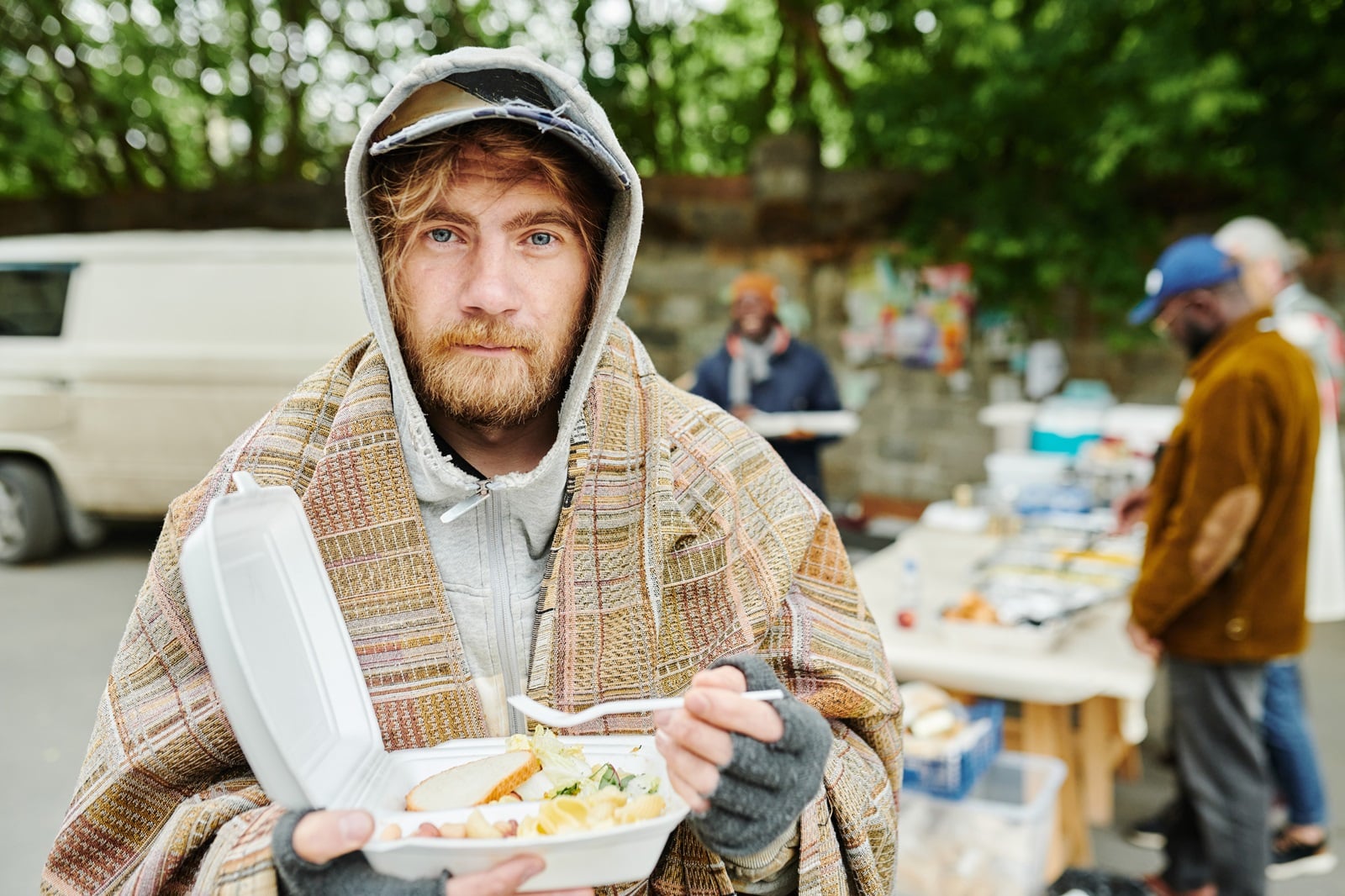
The latest statistics reveal just how bad things have become, with escalating food insecurity and material deprivation across the UK.
11% of the Population
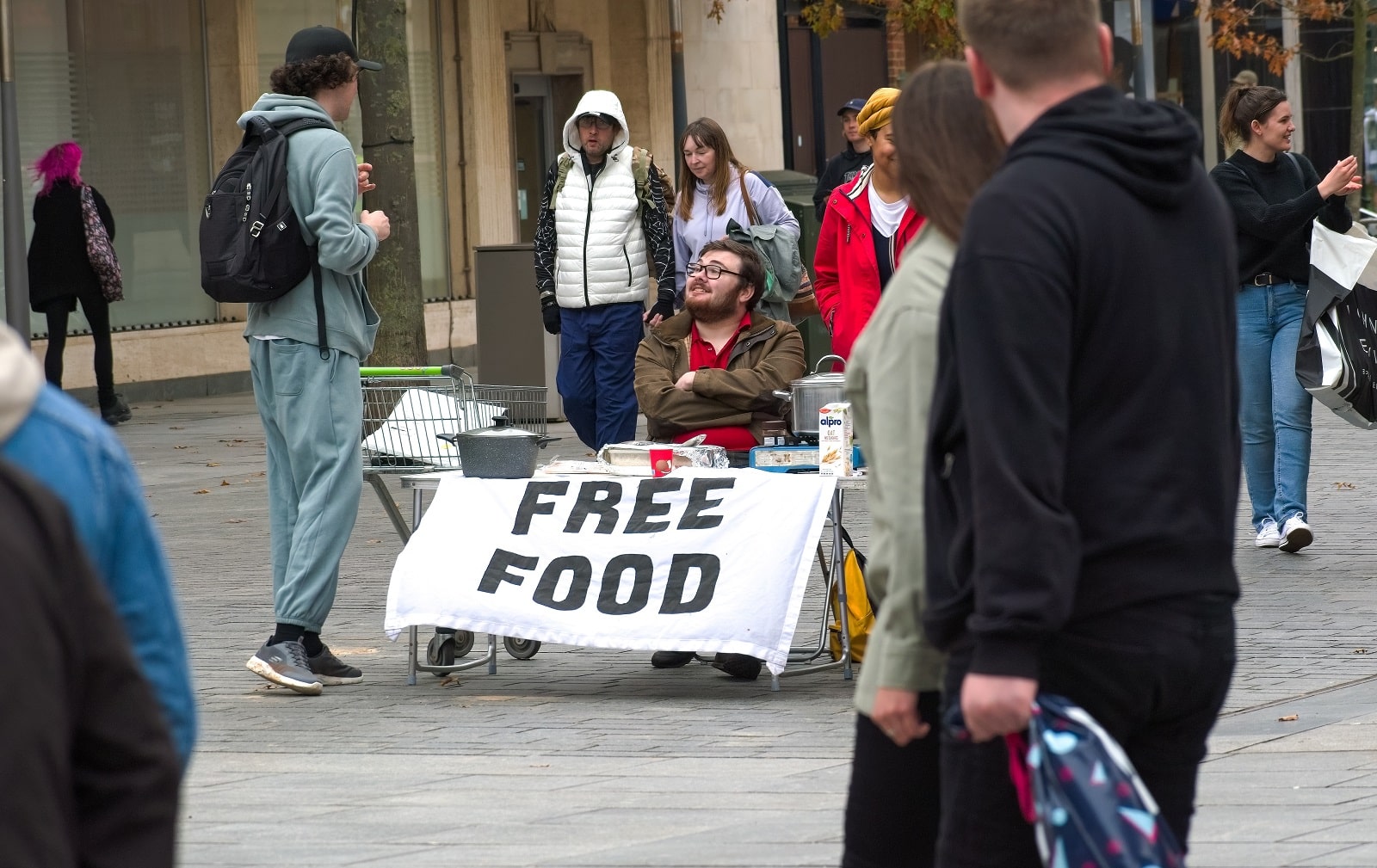
With food insecurity affecting 11% of the population and a significant rise in food bank usage, particularly among impoverished households, the struggle to afford the very basics required to live has become almost unbearable.
Underestimating Deprivation

As if the official figures were not extreme enough, the Institute for Fiscal Studies indicated that official poverty statistics might actually underestimate the increasing levels of deprivation the country has faced under the current government.
Inadequate Welfare
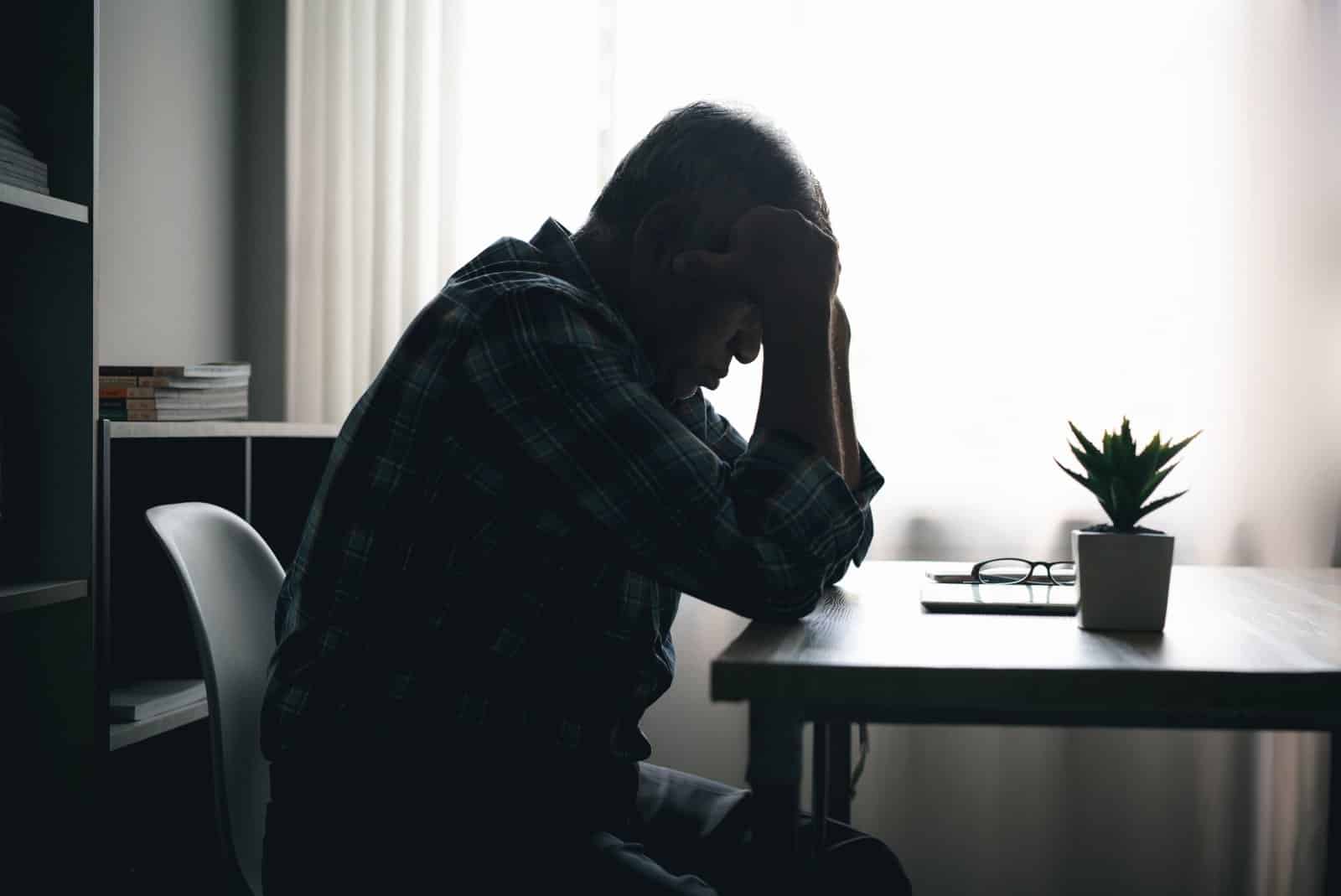
Amidst mounting concerns, attention is squarely focused on the inadequacy of welfare benefits in mitigating the impacts of the crisis.
41% Going Hungry
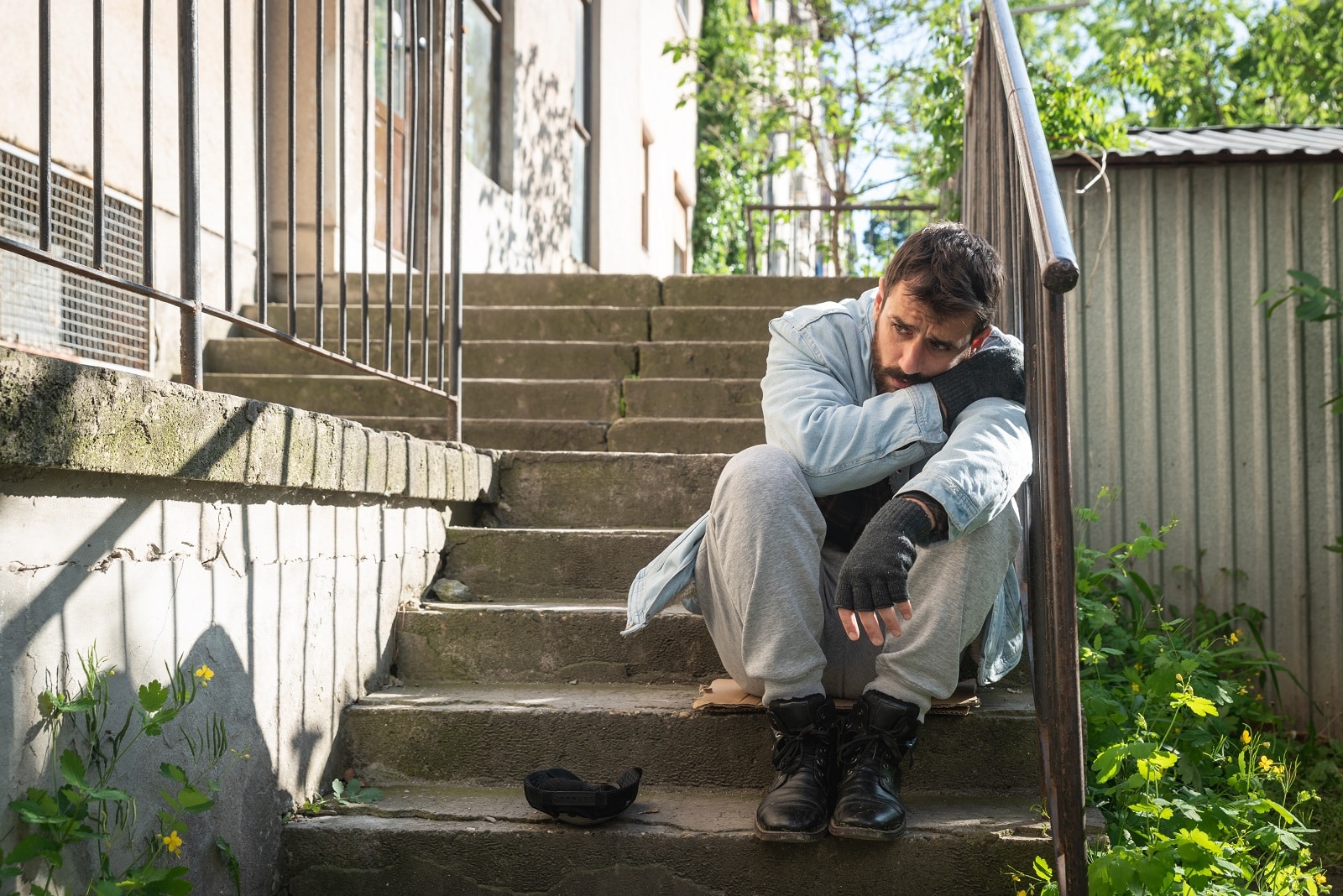
Shocking revelations from the Resolution Foundation, indicating that 41% of universal credit claimants could not afford sufficient food, underscore the pressing need for comprehensive welfare reform to address the root causes of poverty.
Grim Picture
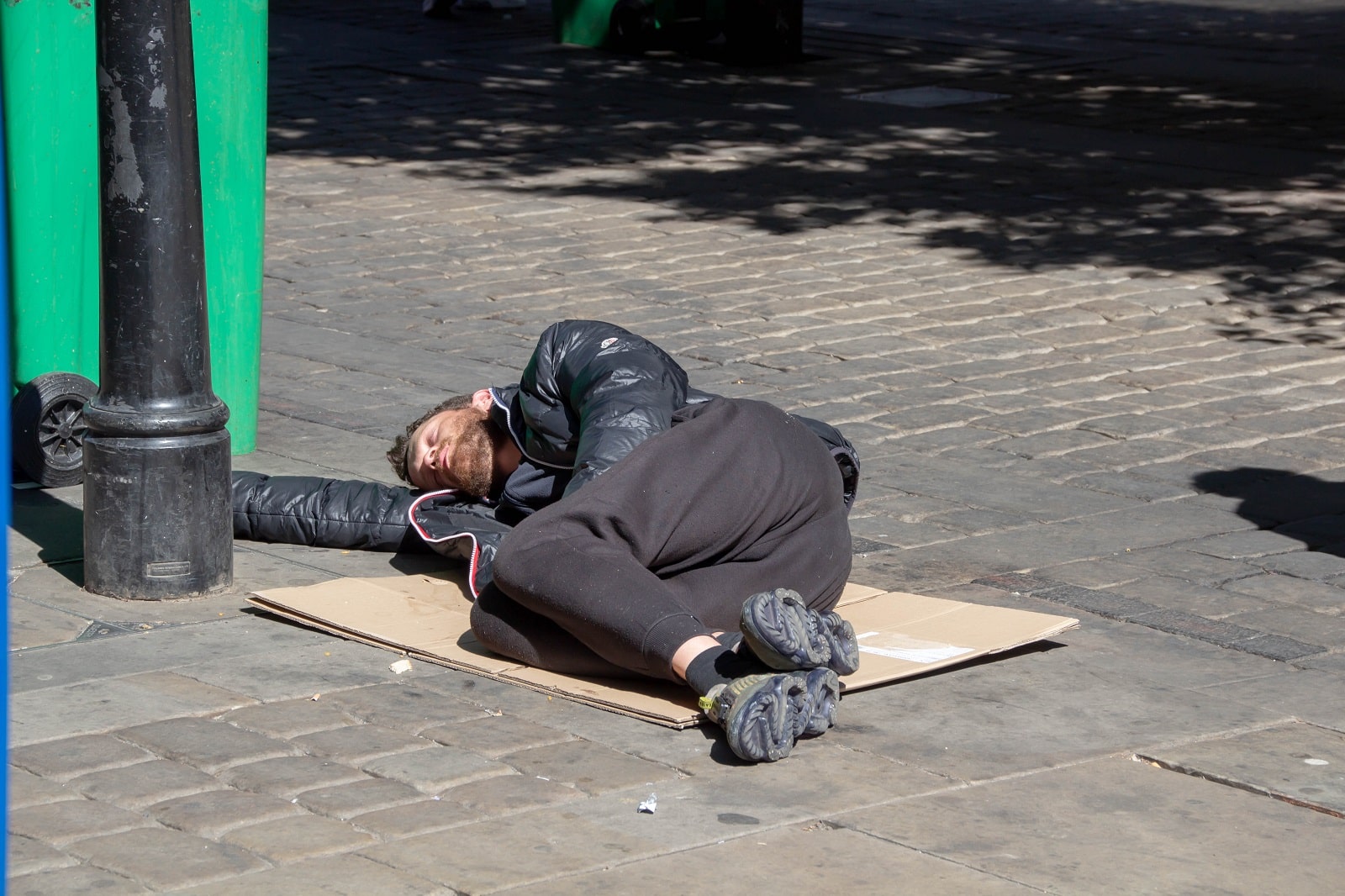
The latest poverty statistics paint a grim picture of the socio-economic landscape in the UK, highlighting systemic failures and the urgent need for decisive action to protect the most vulnerable segments of society.
Glaring Failures

As the nation grapples with the repercussions of the cost-of-living crisis, the government’s failure to uphold one of the main reasons for its existence, ensuring the welfare of the citizens who vote it into power, becomes all the more glaring.
Wealthy Nation, Poor Children

While children up and down the UK sink deeper into the poverty trap, families risk going hungry in one of the wealthiest nations on earth.
More Articles Like This…
Broken Britain: 12 Reasons Behind the UK’s Decline
Say the Unsayable: 10 Occasions When Farage Spoke His Mind About Britain
The post UK’s Poorest Families Hit Hardest By the Cost of Living Crisis, According to Latest Stats first appeared on Edge Media.
Featured Image Credit: Shutterstock / olesea vetrila.

